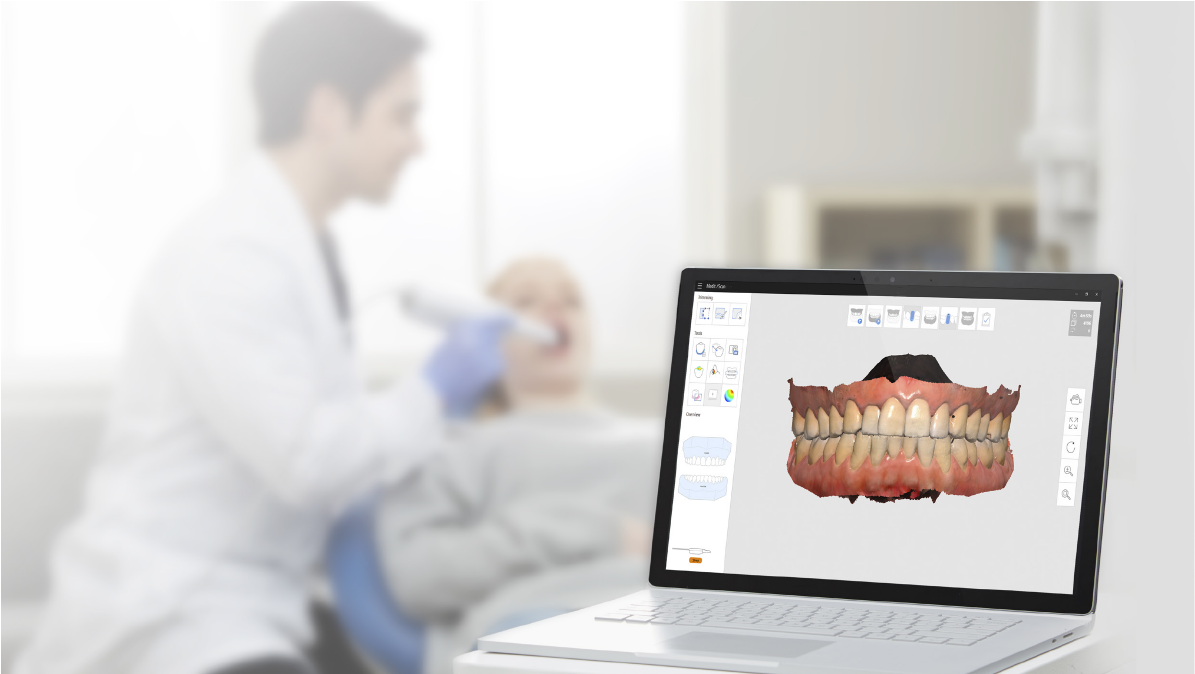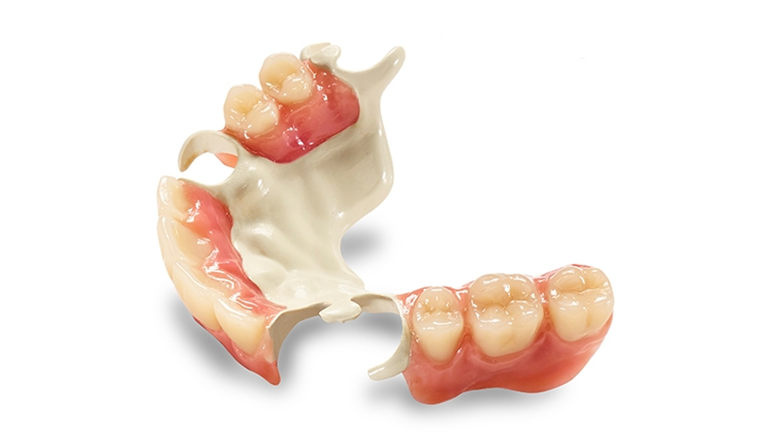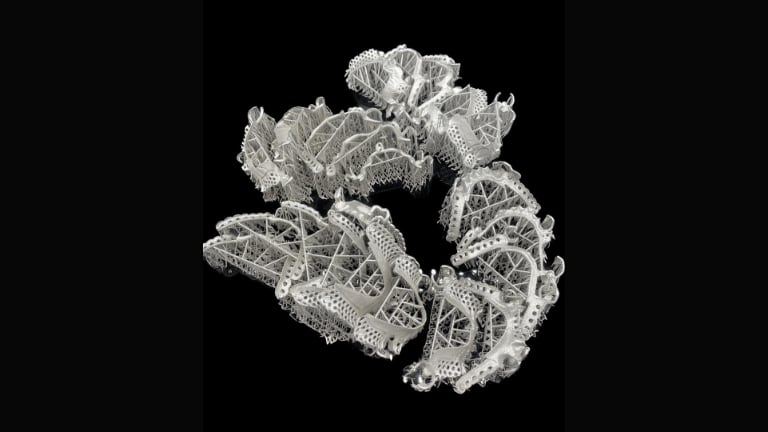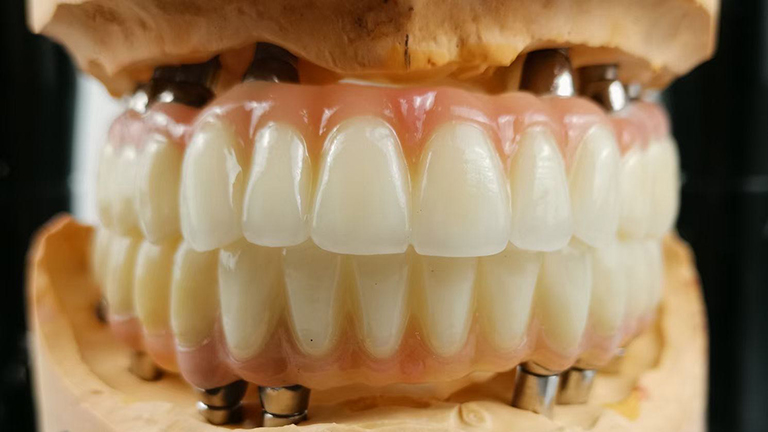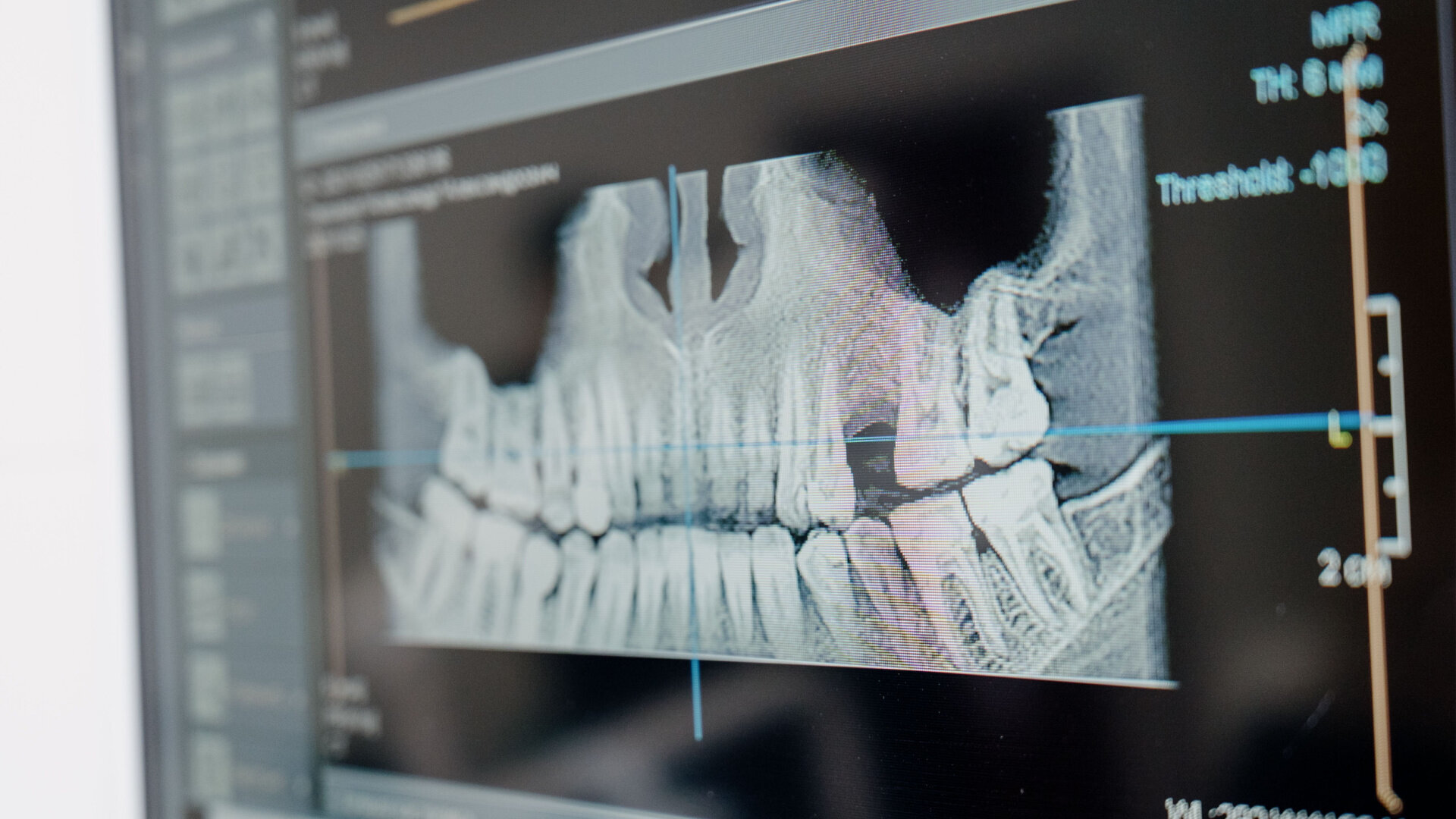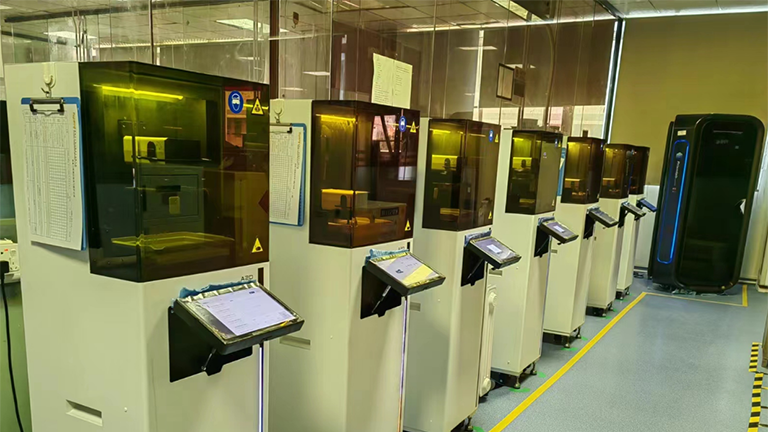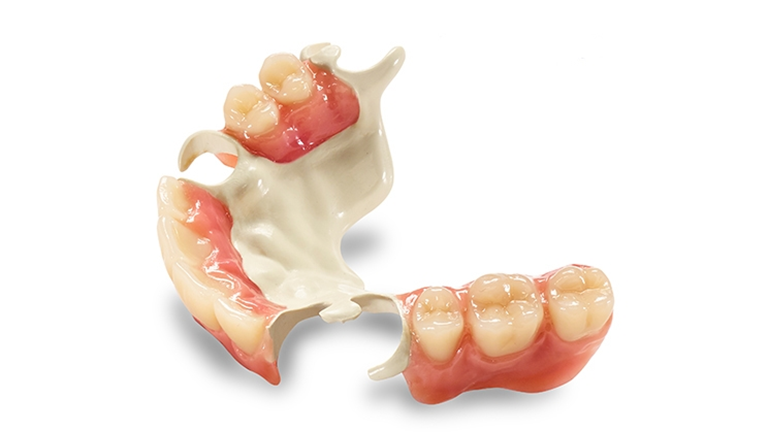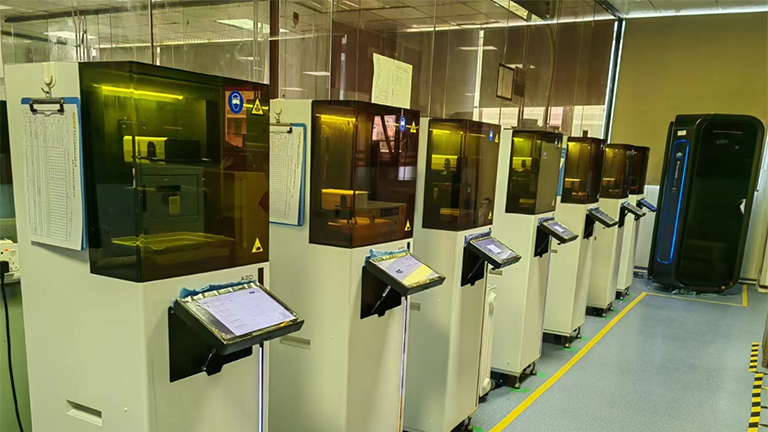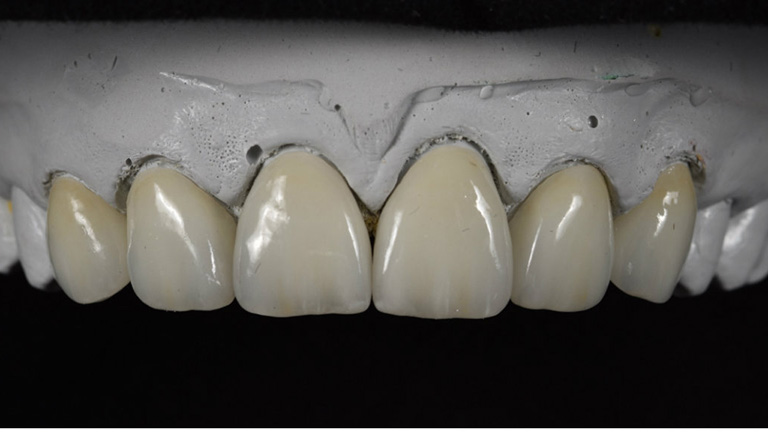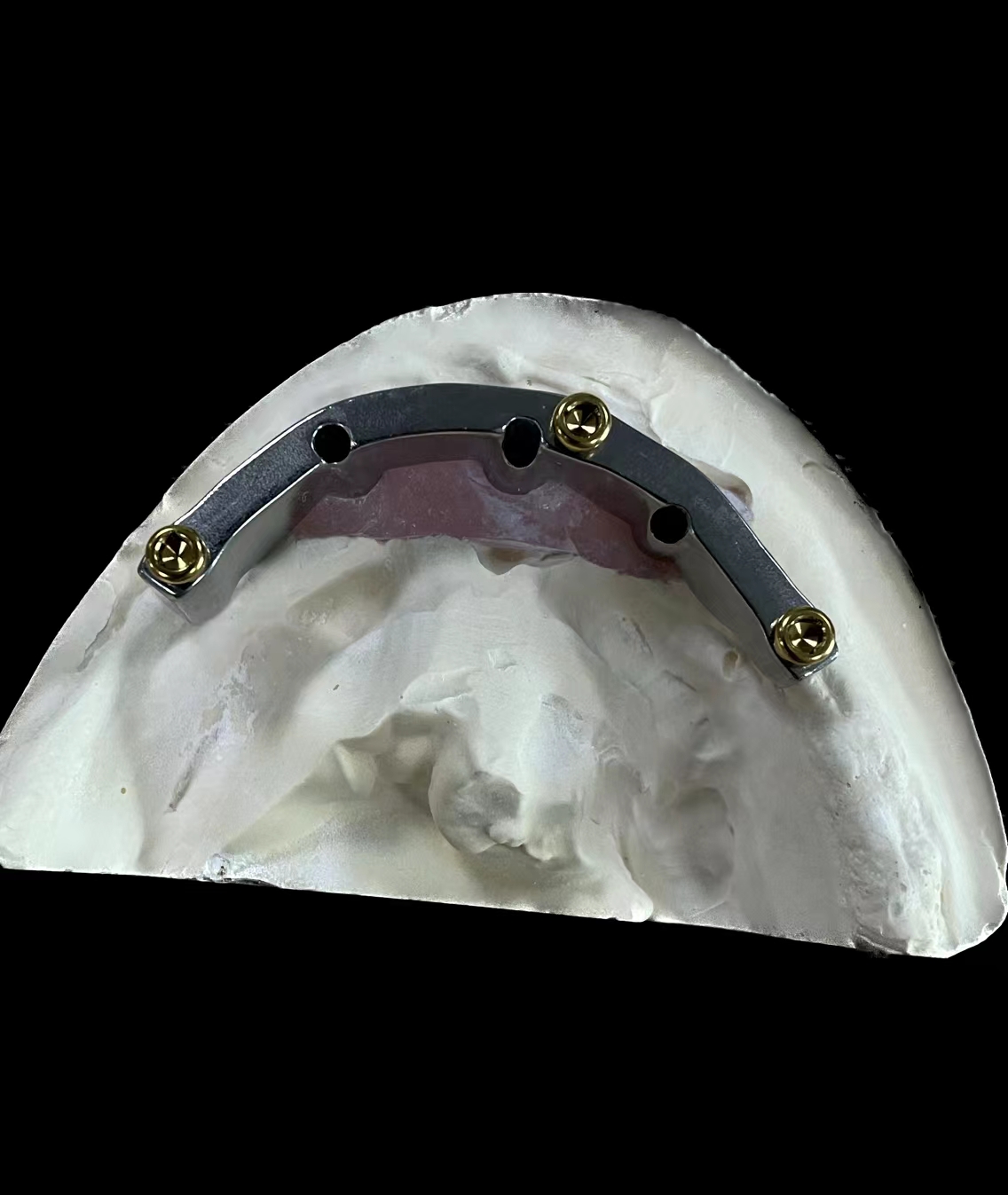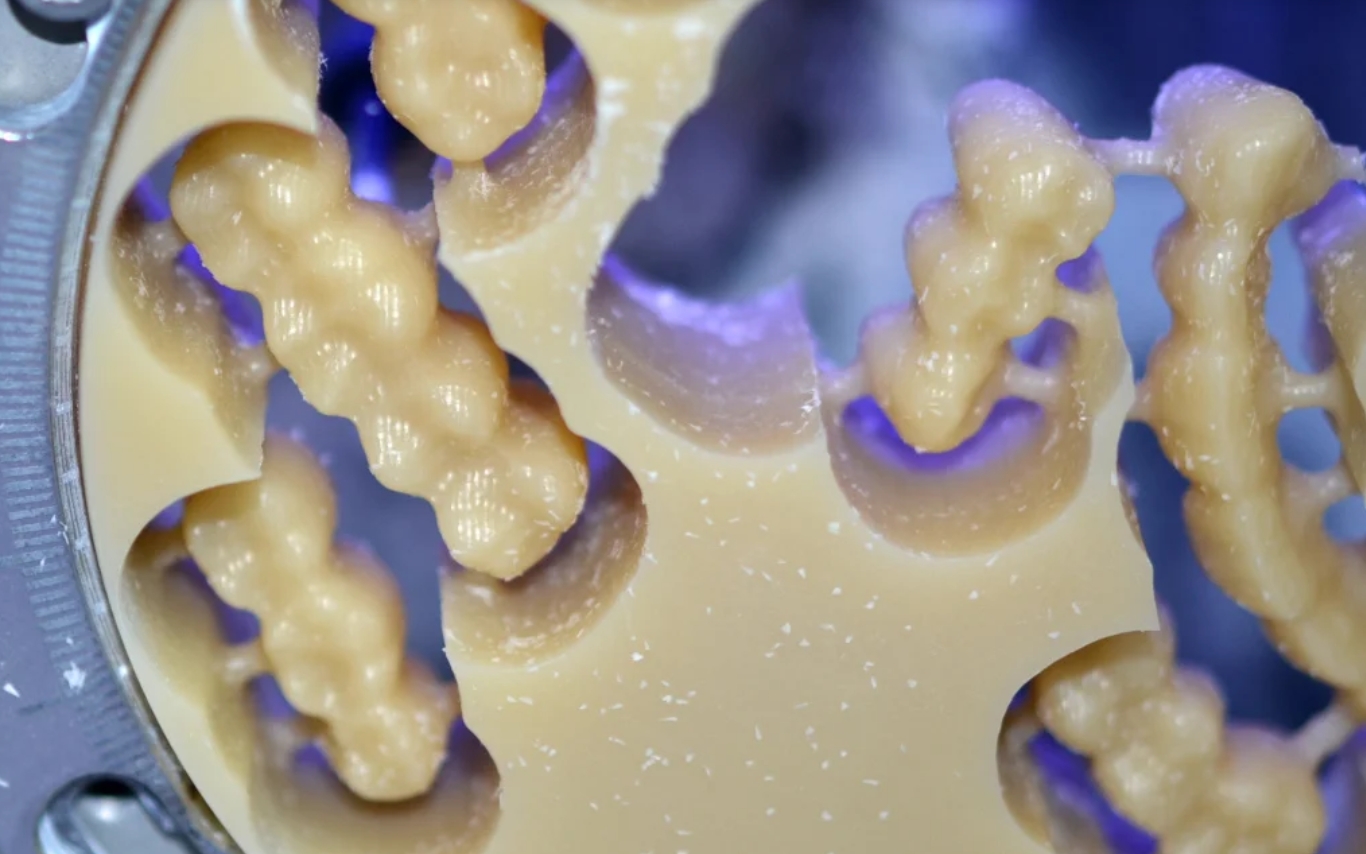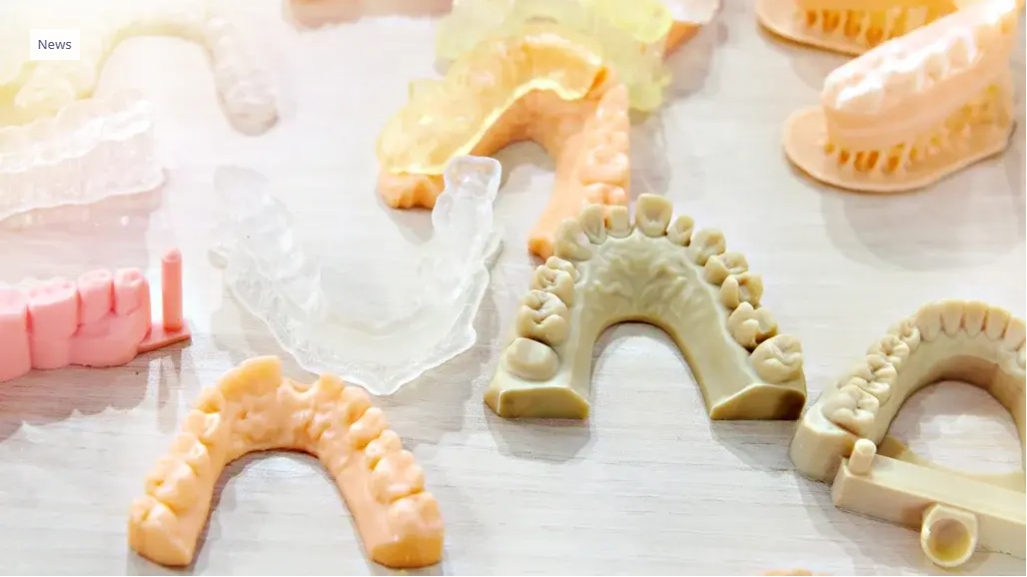What Is A Dental Crown?
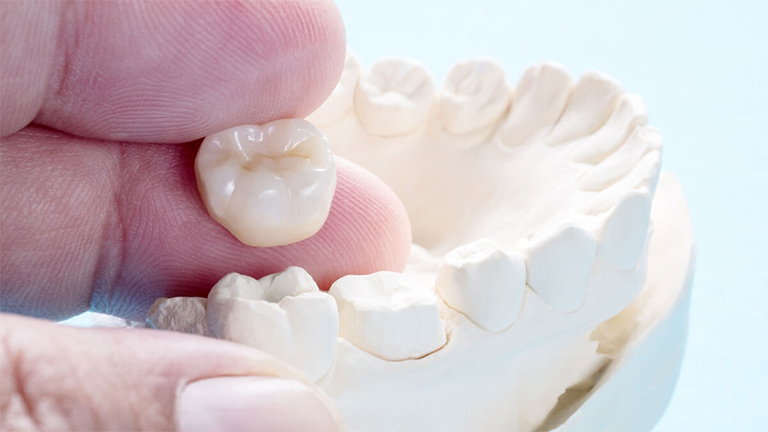
You may have heard the term "crown" used in relation to dentistry, but what exactly is a dental crown and why would you need one?
A dental crown, also known as a "cap," is a tooth-shaped covering that is placed over a damaged or decayed tooth. The crown is cemented in place to restore the tooth's shape, strength, and function.
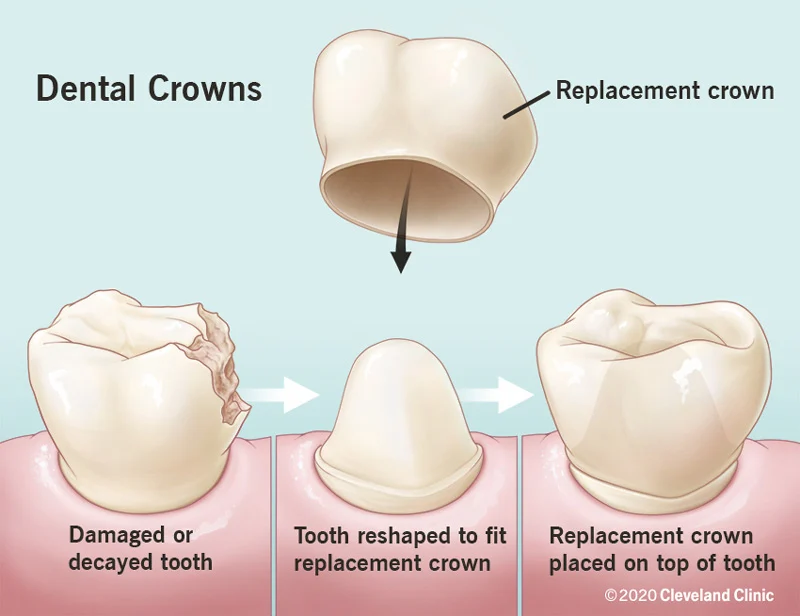
There are several reasons why a dental crown may be recommended:
1. A weakened tooth: A tooth that has suffered significant decay, injury, or wear may need a crown to provide structural support and prevent further damage.
2. Cosmetic enhancement: A crown can be used to improve the appearance of a misshapen, discolored, or badly stained tooth.
3. After a root canal: A crown is often placed on a tooth that has had a root canal to provide added strength and protection.
4. To replace a missing tooth: A dental bridge typically requires the placement of crowns on the two adjacent teeth to anchor the bridge in place.
Dental crowns can be made from several different materials, including metal, porcelain, ceramic, or a combination of materials. Your dentist will help you choose the best material for your individual needs, depending on factors such as the location of the tooth, cosmetic concerns, and budget.
Getting a dental crown typically requires two appointments. At the first appointment, the dentist will prepare the tooth by removing any decay or damage and shaping it to fit the crown. Impressions of the tooth will also be taken to ensure an accurate fit.
The impressions are sent to a dental laboratory, where the crown is custom-made to your exact specifications. It may take a few weeks to receive your new crown, so a temporary crown may be placed over your tooth in the meantime.
At the second appointment, the temporary crown will be removed, and the permanent crown will be cemented onto the tooth.
With proper care, a dental crown can last for many years and help you maintain your oral health and beautiful smile. If you think you may need a crown or have any questions about the procedure, don't hesitate to talk to your dentist.





